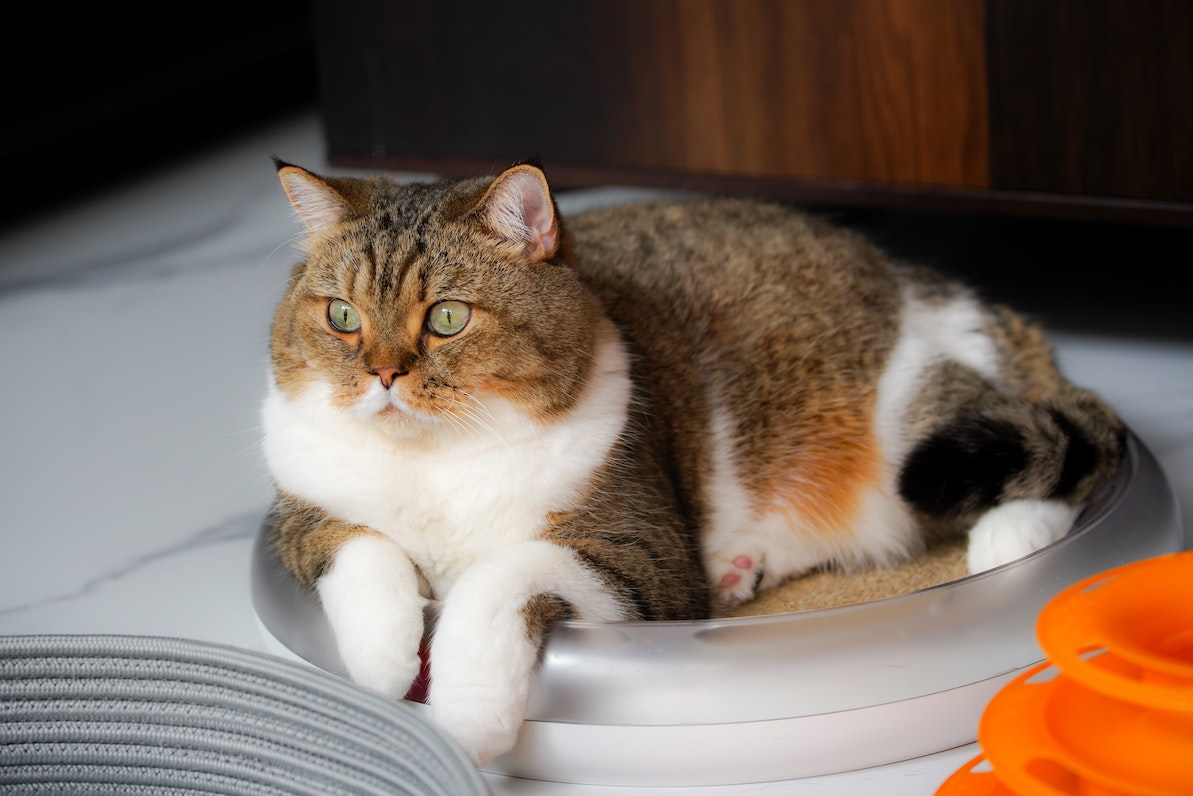As a pet mom, I often find it difficult to talk about health issues that may be affecting my pet. The thought of my cat being in pain is unbearable for me and I would prefer not to deal with it at all. But illness is often unavoidable, which is why it's so important to talk openly about it. So I decided to talk about three common diseases that cats often struggle with.
Here's a small disclaimer: Neither I nor the FENISKA team are veterinarians. Our purpose in this article is simply to educate about the following diseases as we believe education is the first step when it comes to feline health care and treatment.
kidney diseases
Kidney disease is one of the most common health problems affecting cats. The kidneys are two kidney bean-shaped organs that lie on either side of the spine, just behind the cat's ribs. (Did you know that kidney is English for kidney? Hence the name "Kidney" - beans)
The job of the kidneys includes removing waste from the body and helping to maintain a healthy balance of water and other body fluids in the cat's system. Kidney disease can come on suddenly or gradually. However, if left untreated and caught too late, it can be fatal in some cases.
Symptoms of chronic kidney disease vary in severity - they usually start with subtle changes that are easy to miss.
- Increased thirst/urge to urinate
- Weight loss despite good nutrition
- Dull-appearing coat (coat may appear dull, oily, or greasy)
dental diseases
Dental problems and diseases are among the most common health problems diagnosed in cats. More than half of all cats over the age of three years have dental problems. Dental problems also affect other areas of your cat's life and can affect your cat's eating habits, for example. Weight loss and changes in your cat's behavior can be part of other symptoms:
- Bad breath
- pain in the mouth
- decrease in appetite
- weight loss
- Shaky teeth
- Difficulty eating (chewing on one side due to toothache
- drooling
- Visible tartar
- Gums are red, sensitive and bleed easily
- Swelling in the jaw and/or cheeks
- Neglecting grooming (due to toothache)
If you suspect your cat may be suffering from dental disease, you should contact your veterinarian as soon as possible. Treatment usually consists of anti-inflammatory painkillers and/or antibiotics. In severe cases, teeth may need to be extracted. If you want to prevent possible dental diseases, we recommend brushing your cat's teeth regularly.
Feline lower urinary tract disorders (FLUTD)
Feline lower urinary tract disease is often caused by a bacterial infection and can lead to inflammation and damage to the bladder or kidneys. FLUTD is an umbrella term for a variety of diseases affecting the cat's bladder or urethra. FLUTD can occur in cats of any age but is more common in overweight and litter box cats. Symptoms of FLUTD include:
- Excessive licking of the genitals
- Urinating outside of the litter box (e.g., on cold, flat surfaces)
- Frequent urination
- Prolonged visits to the toilet
- The cat has pain when urinating, may even cry
- blood in the urine
As you can already see, the symptoms of FLUTD primarily affect your cat's toilet habits, which you should keep a close eye on. Treatment options vary depending on the cause. If you want to prevent FLUTD, you can use several methods: Feed your cat high-quality food that contains limited amounts of magnesium and phosphorus. Change your cat's water regularly, and if you notice symptoms that might be consistent with FLUTD, contact your veterinarian.
Our product FENISKA Base was developed to enable cat parents to detect the symptoms of urinary tract diseases, kidney diseases and diabetes earlier. Find out more about the FENISKA Base here.

hairball
Sure, hairballs aren't really a "disease," but cats still suffer from them quite often. The scientific name for hairballs is "trichobezoar" and is a large tuft of hair that has been ingested by your cat. Cats groom their fur and in the process swallow their own fur, which then becomes knotted in their digestive system and is usually excreted in the stool. Your cat will often regurgitate the hairballs and leave them in your apartment as a small souvenir from her stomach.
In more severe cases, hairballs can also clog your cat's gastrointestinal tract. When this happens, your cat can't cough up the hairball easily, so it's hard to know what's causing her symptoms. The most common symptoms include abdominal pain and constipation.
If you want to prevent hairballs, you can help your cat with her grooming and give her a little brushing every now and then. This will remove excess hair that your cat could swallow.

It is not always possible to prevent the above diseases. Nevertheless, you should be informed about them so that you know how to recognize the diseases and what the next steps in treatment can be. If you want to learn more about cat health, visit our blog and subscribe to our newsletter so you don't miss a thing.



